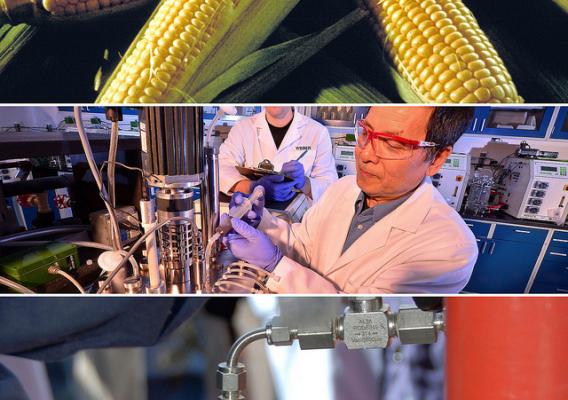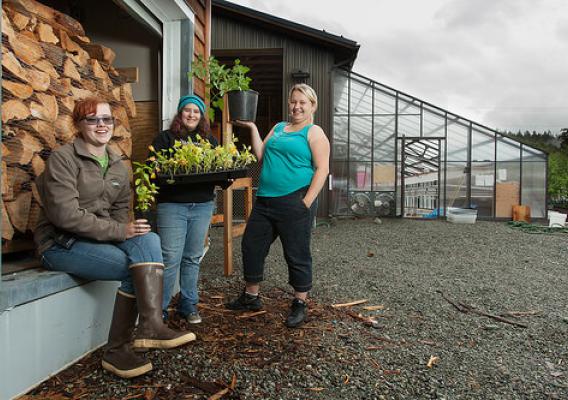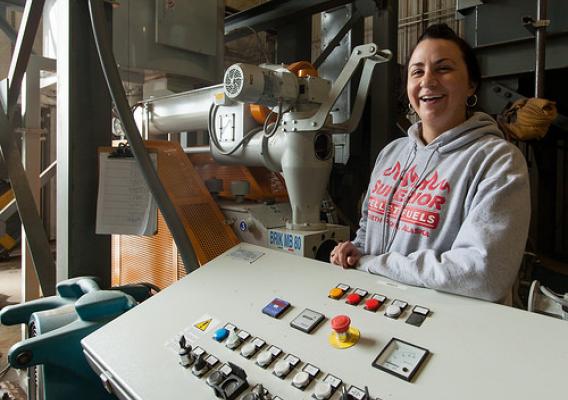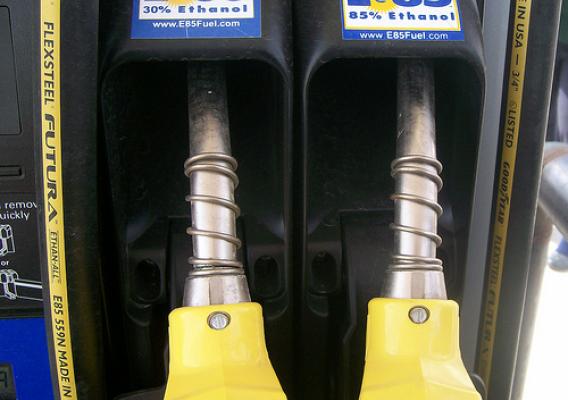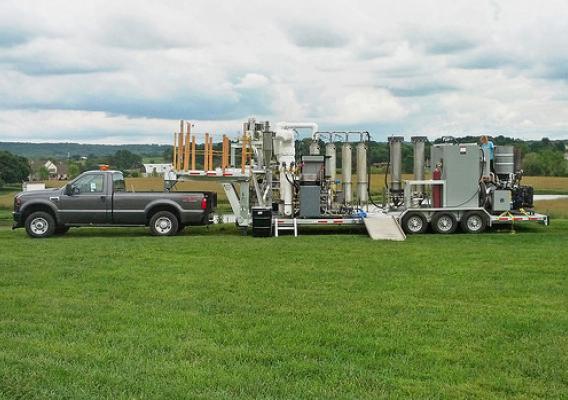America’s rural electric cooperatives provide electricity to more than 42 million people living and working in rural communities across the country. Co-ops, with support from USDA, have embraced renewable energy production. Today, they deepened that commitment by announcing new solar projects that will generate more than 150 megawatts of new solar capacity by 2020.
At an event in California, President Obama was joined by two West Coast industry leaders—Plumas-Sierra Rural Electric Cooperative (PSREC) based in Portola, California, and Okanogan County Electric Cooperative (OCEC), based in the state of Washington—to highlight industry efforts to expand renewable energy production.
USDA has been an advocate and partner in co-ops’ efforts to diversify their portfolios and expand their renewable fuel sources. Since 2009, USDA has funded over $1 billion in renewable energy projects that will generate more than 447 MW – enough energy to power 160,603 American homes annually.

